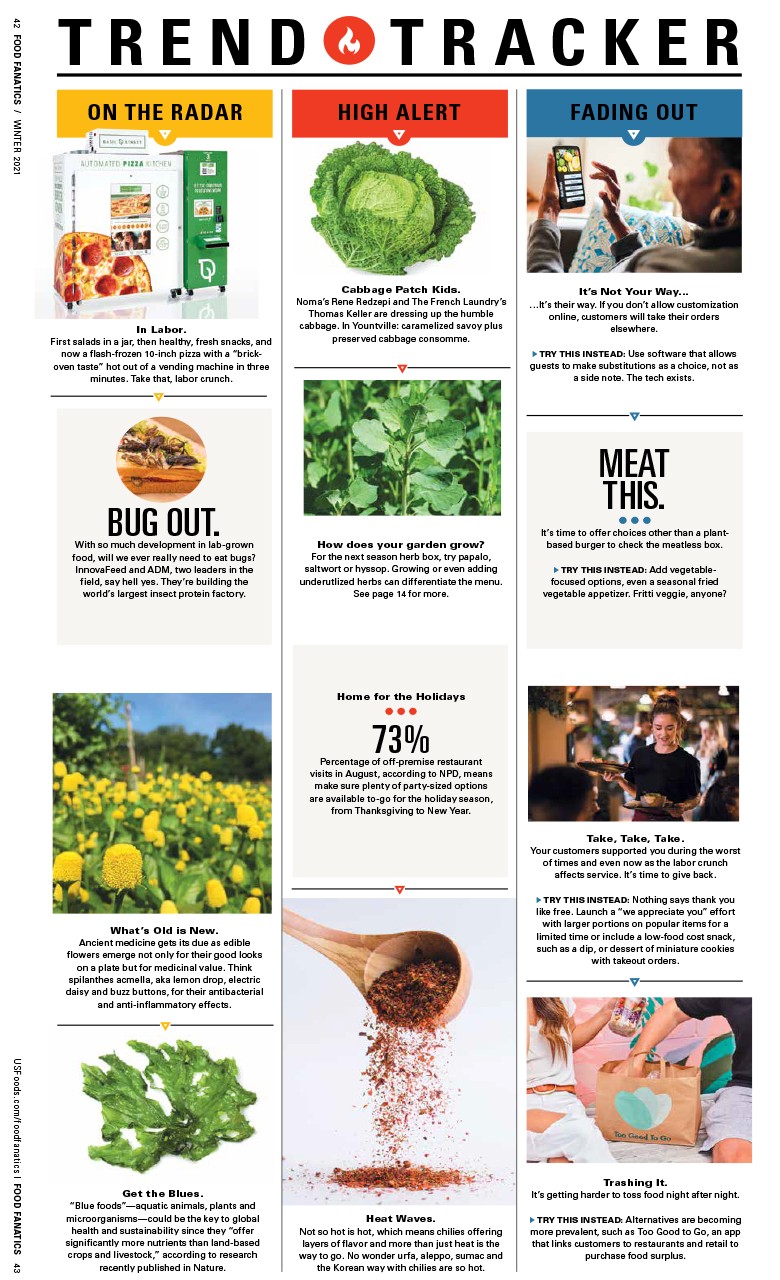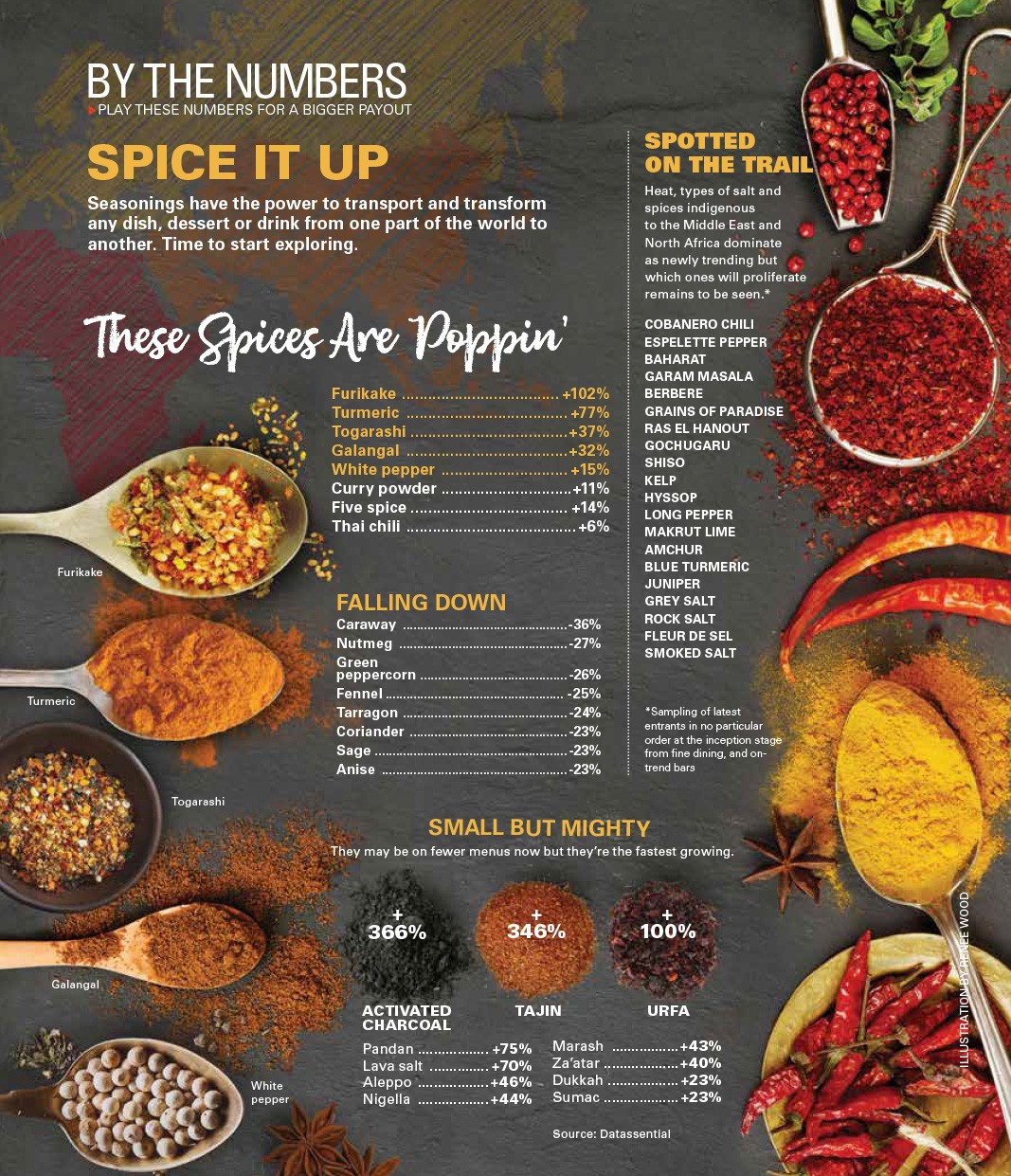The Sweet Spot
Pastry programs to cash in on
Chocolate lava cake? More crème brûlée? Ice cream available at the local grocery store?
Send them into retirement or get more creative. To sell (and profit from) desserts in 2020, customers want to be wowed.
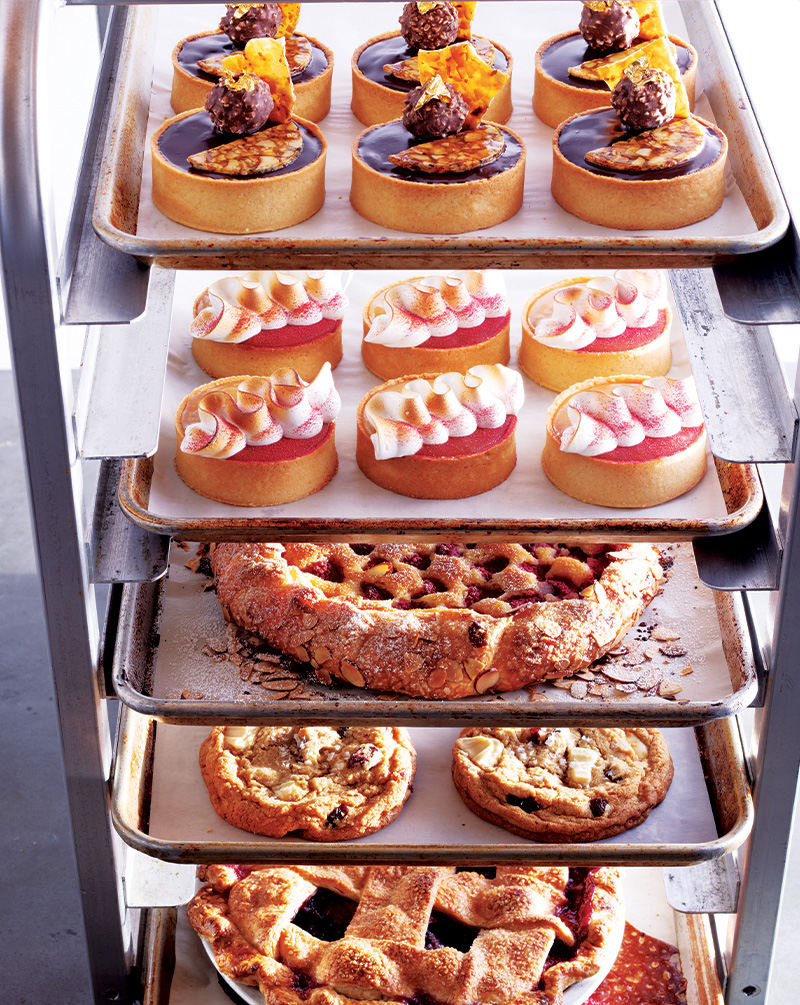 Simply put, operators who don’t ante up on pastries are leaving money on the table: 41% of diners order a post-meal sweet at least once a week – more than half of which are impulse buys, according to a 2019 Technomic study.
Simply put, operators who don’t ante up on pastries are leaving money on the table: 41% of diners order a post-meal sweet at least once a week – more than half of which are impulse buys, according to a 2019 Technomic study.
Capturing impulse purchases requires compelling and crave-inducing choices, a reality that operators are acknowledging by building kick-ass pastry programs.
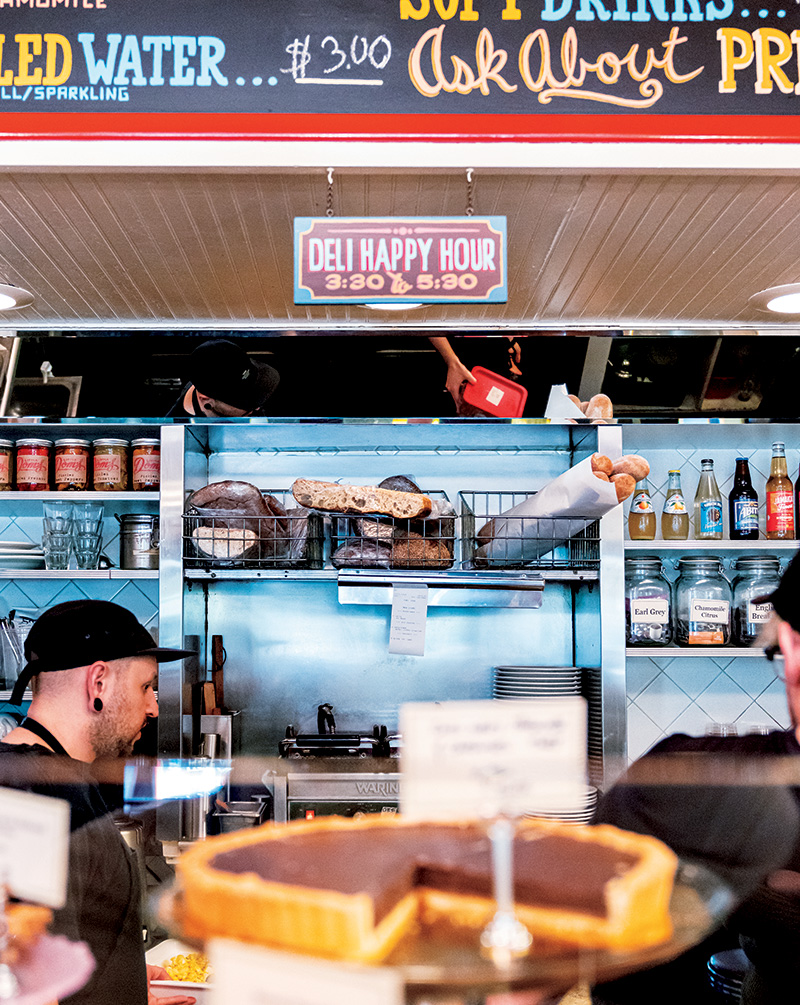 It may involve the return of a full-time pastry chef or someone who oversees programs at several concepts and leads teams of pastry cooks. More often than not, pastry has evolved into a variety of models, so that operators can capture a bigger share of the dessert pie.
It may involve the return of a full-time pastry chef or someone who oversees programs at several concepts and leads teams of pastry cooks. More often than not, pastry has evolved into a variety of models, so that operators can capture a bigger share of the dessert pie.
MODEL 1: RENT SOME TALENT
Two words: Gig economy. Hiring a freelance pastry consultant, many of whom are paid by the hour or project, can upgrade a dessert list without busting the payroll. “Restaurants that approach me tend to say that either they aren’t moving desserts, or the quality isn’t there,” says Tyler Davis, a consulting pastry chef in St. Louis.
Often, culinary school students or local pastry chefs will sign on for the challenge, but they need to be equally adept at teaching as at baking.
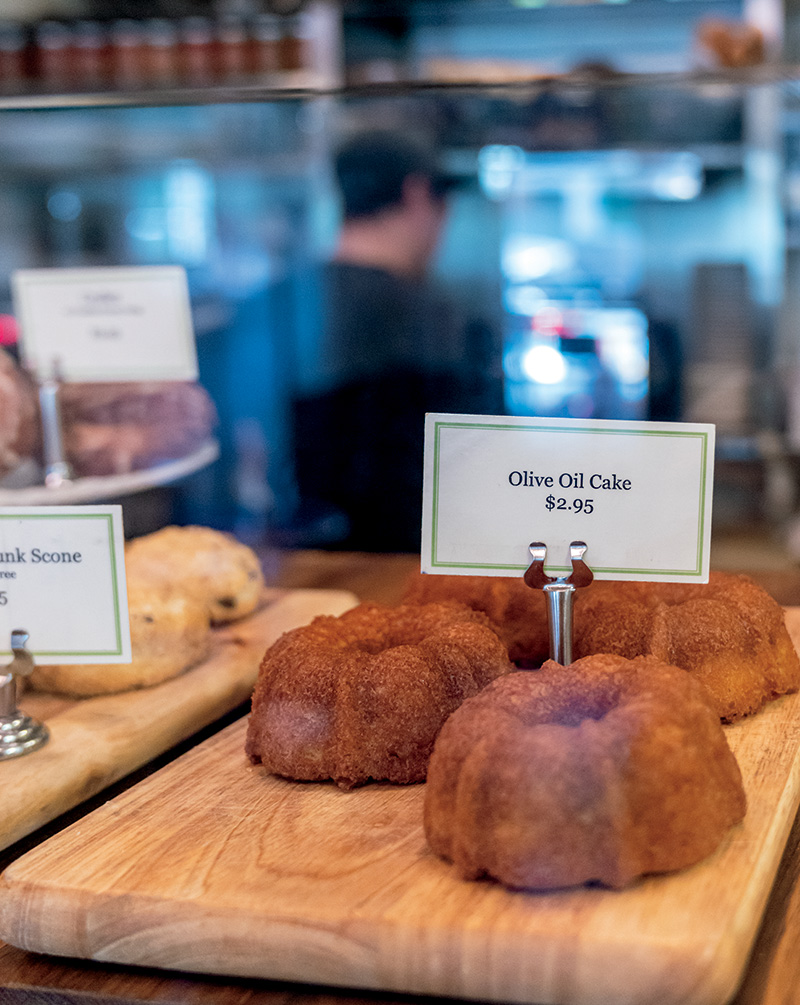 Quality pastry consultants need to do their homework and prove their value. Davis collects info about sales goals, staffing levels and skill sets, as well as food cost targets and menu styles, before developing a test menu. His desserts sell because they’re more exciting than local pastry shops. Imagine a chocolate sphere with peanut butter mousse, crowned by berries flash frozen with liquid nitrogen. Or an edible Japanese rock garden made by shaping white sesame and white chocolate mousse into edible stones.
Quality pastry consultants need to do their homework and prove their value. Davis collects info about sales goals, staffing levels and skill sets, as well as food cost targets and menu styles, before developing a test menu. His desserts sell because they’re more exciting than local pastry shops. Imagine a chocolate sphere with peanut butter mousse, crowned by berries flash frozen with liquid nitrogen. Or an edible Japanese rock garden made by shaping white sesame and white chocolate mousse into edible stones.
After dishes are chosen, Davis photographs and documents the prep for each dessert, highlighting any food allergies, before he walks the kitchen through each step and conducts tastings with servers. “Customers love to ask questions, and they love a knowledgeable server even more,” says Davis, who suggests pushing sweets to tables with kids or couples. “The more you can tell them anything and everything they need to know about a dessert, the more likely they are going to trust you and your recommendations. You have to make them want it. It’s really up to the servers.”
MODEL 2: FIND A PASTRY MANAGER
For years, Frank Bonanno, founder of the Bonanno Concepts group in Denver, turned out profitable desserts without a dedicated pastry chef. “I’ve always been a big proponent,” says Bonanno, “of savory chefs doing desserts so they’re well-rounded.”
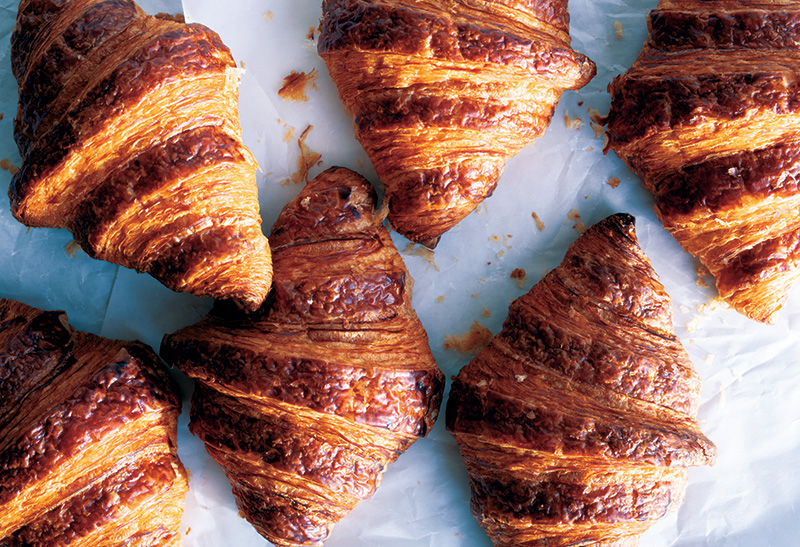 That changed when Denver Milk Market, a 16-concept all-Bonanno food hall, went live in 2018. “We had almost 20 feet of pastry cabinet that needed to be filled every day,” says Bonanno, who realized he needed a pastry chef who could double as a group pastry manager.
That changed when Denver Milk Market, a 16-concept all-Bonanno food hall, went live in 2018. “We had almost 20 feet of pastry cabinet that needed to be filled every day,” says Bonanno, who realized he needed a pastry chef who could double as a group pastry manager.
Enter Megan Piel, a jack-of-all-trades who helps manage the market, oversees its pie shop, and assists at other Bonanno restaurants – including prepping tricky elements, such as mousse for pastries, finished by less-experienced hands during service.
The partnership works because Piel is free to be creative, and Bonanno Concepts generates new revenue streams. Her personalized birthday cake program bakes up creative cakes, such as pistachio chiffon with lemon buttercream, that fetch between $38 and $84. The group’s catering business has quadrupled since Piel’s arrival, thanks to the market’s ability to produce in volume. “She has taken our whole pastry department to the next level,” Bonanno says.
MODEL 3: BLEND SWEET AND SAVORY
If chefs and cooks are asked to assist with desserts, why can’t the reverse be asked of their pastry-trained peers? It’s simple economics: the more areas at which a pastry chef can contribute, the more management can justify the expense.
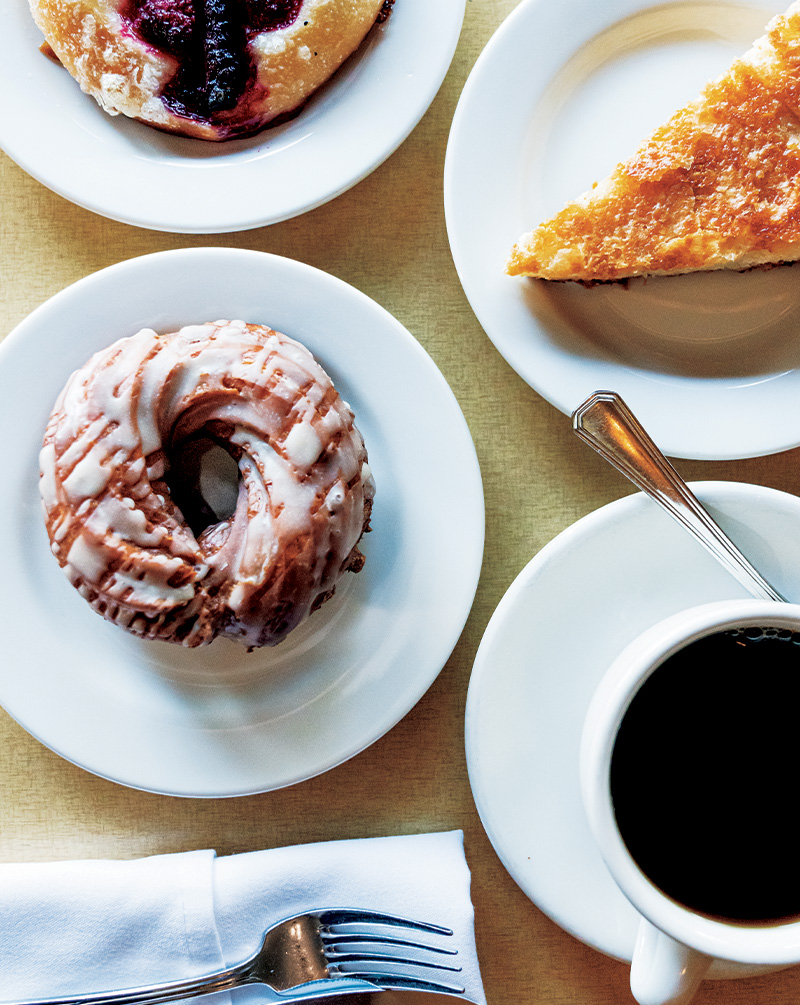 Consultant Kathryn Gordon, who works as a chef instructor at the Institute of Culinary Education in New York, says pastry training stresses seasonality, pairings, flavor, balance and mouthfeel – all of which can bolster savory menus.
Consultant Kathryn Gordon, who works as a chef instructor at the Institute of Culinary Education in New York, says pastry training stresses seasonality, pairings, flavor, balance and mouthfeel – all of which can bolster savory menus.
A solid pastry chef can improve breads, sandwich buns and pizza dough, but also garnishes and snacks. Think chili oil gougeres or chive biscuits to accompany soups, herbal syrups for mocktails, nut puff pastry breadsticks for the bar or cornbread for holiday takeout. “Our world is absolutely composed of herbs, cheese, fermentation ... not just sugar,” says Gordon.
Ann Kirk created the debut pastry program for Little Dom’s in Los Angeles, before turning her attention to the breakfast/lunch-focused Deli at Little Dom’s. “We’ve grown that business by offering pantry staples like jams, sauces and pickles; whole cakes and pies and a catering menu,” Kirk says. “Having another set of hands for tasks and having another mind for ideas on expansion and management is all key to building a healthy business,” she adds.
MODEL 4: OUTSOURCE PASTRY PRODUCTION
It’s a big-city fact of life: The bigger the footprint, the higher the rent. That’s why Mark Bucher, co-founder of the Medium Rare steakhouse chain in Washington, D.C., doesn’t make desserts in-house. “We chose to go with a slightly smaller footprint, and we didn’t have room for a pastry/baking operation,” Bucher says. “To have the desserts we wanted, we decided to source bakeries that specialized in those kinds of desserts and have them bake our recipes.”
His off-site partners re-create desserts from existing recipes – big eye-popping apple pies, chocolate cakes and carrot cakes – and prepare enough for four high-volume restaurants.
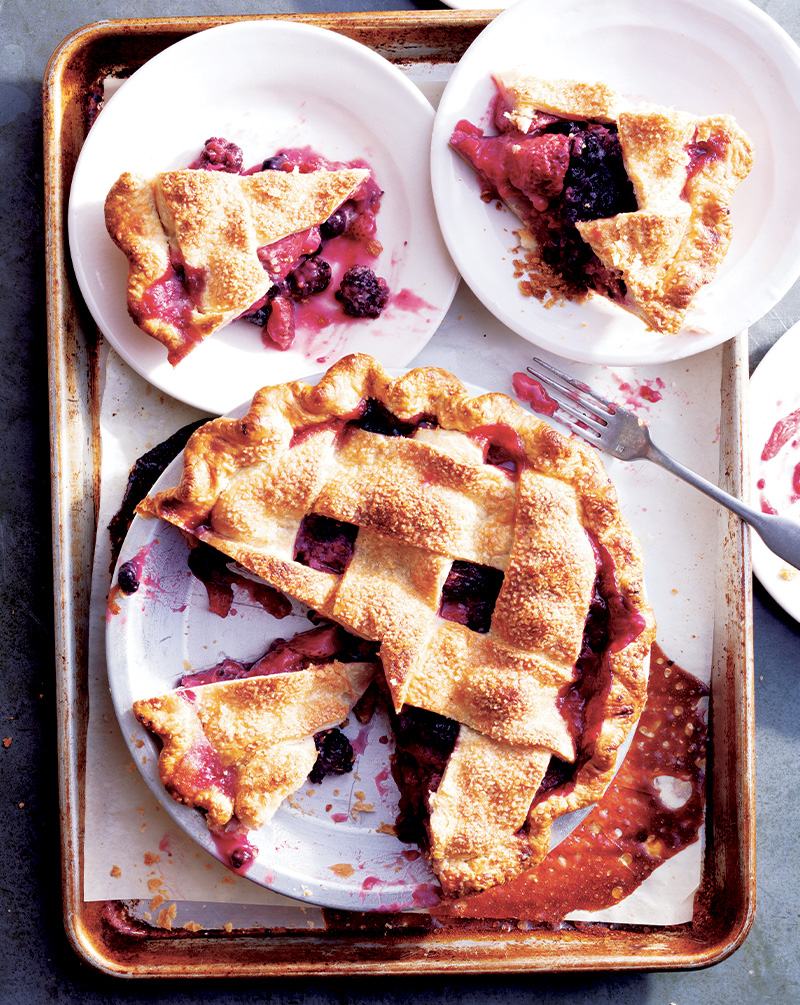 Although food costs are steeper for Bucher – they run about 40% to 50% – his model eliminates many of the variables that erode profits. The results are consistent and come without labor, equipment or utility costs. “We know exactly what the cost of these items are,” says Bucher. “There’s no waste, no overtime, no burned product.”
Although food costs are steeper for Bucher – they run about 40% to 50% – his model eliminates many of the variables that erode profits. The results are consistent and come without labor, equipment or utility costs. “We know exactly what the cost of these items are,” says Bucher. “There’s no waste, no overtime, no burned product.”
Such reasoning explains why some restaurants divide pastry production between in-house and local bakeries, says Gordon – especially when an operator wants to include specialty items, such as gluten-free or vegan desserts, or a local ice cream.
Sweet Advice: How to build a better pastry program
KEEP IT REAL: Be authentic. Desserts must align with your savory offerings – no German chocolate cakes in a trattoria.
SPLIT IT UP – Divide pastry production between in-house and local bakeries – especially for specialty items, including gluten-free or vegan desserts.
CREATE CLICKBAIT – An eye-catching and delicious dessert is a terrific social media billboard.
MAKE IT SOUND IRRESISTIBLE – The right descriptive language can sell any dish.
PERSONALIZE IT – Servers who remember dietary preferences and suggest winning desserts can be hospitality heroes.


